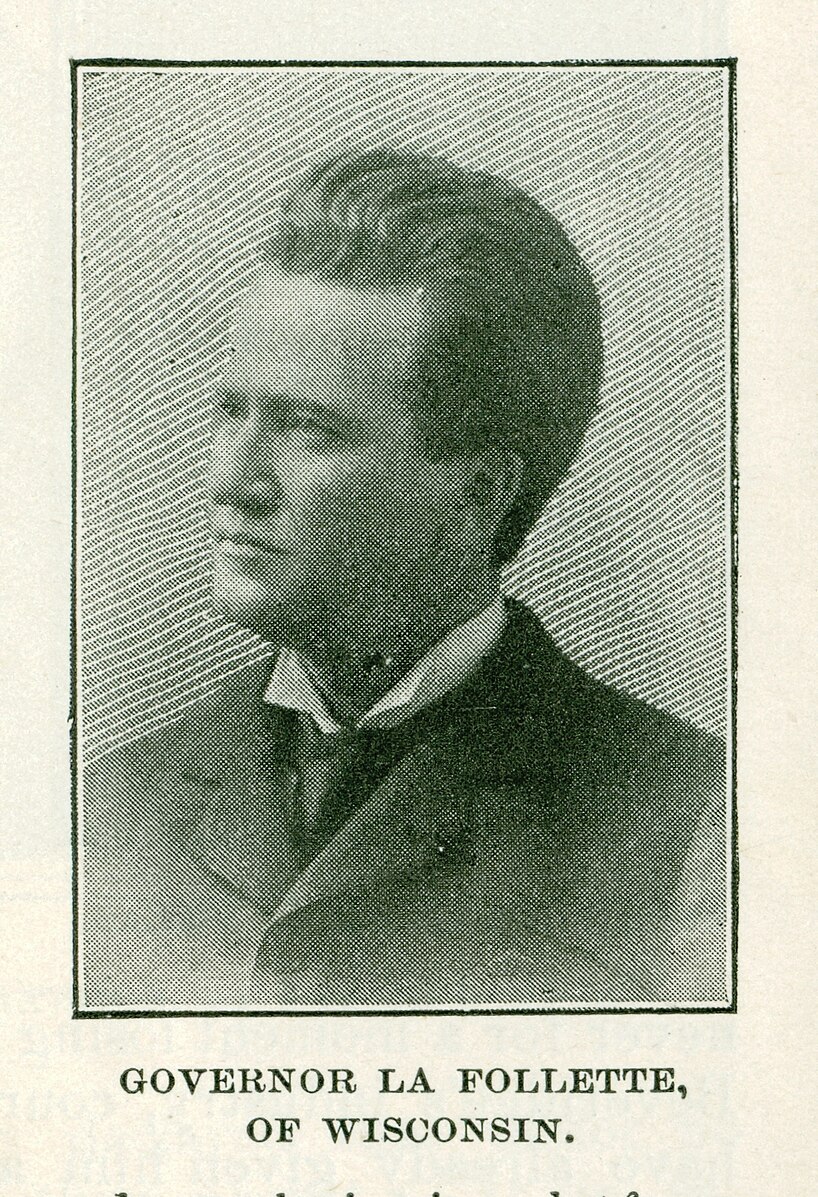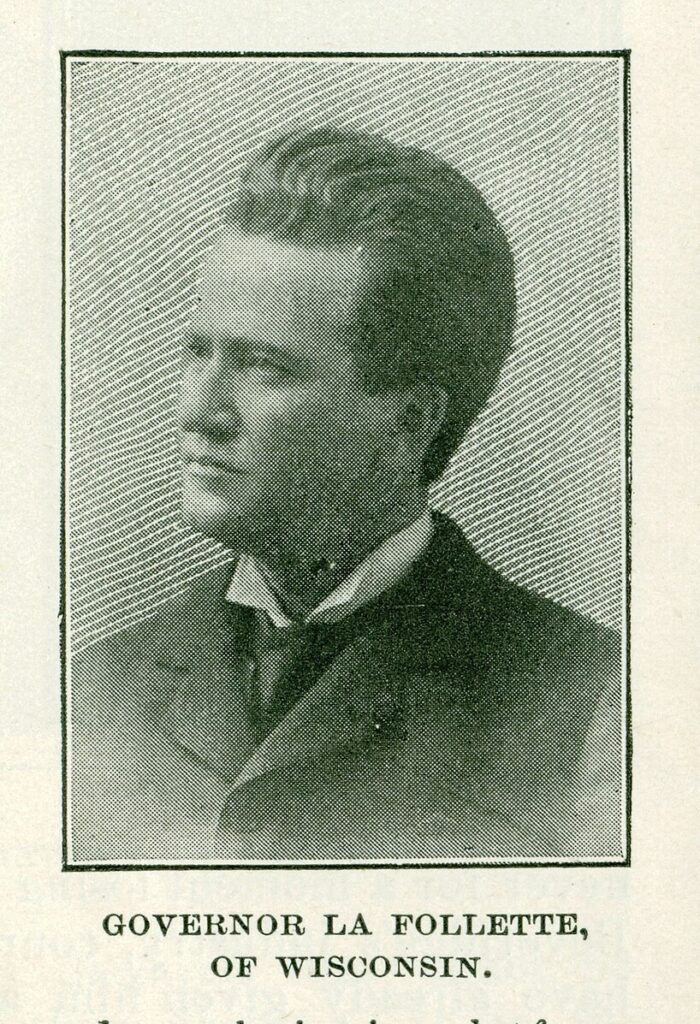
Legislators as Regulators: A Bad Idea
By
Branko Terzic
It’s generally a bad idea to have utility rates or rate designs set by legislatures. One reason is that the topic is complicated and requires, for each type of utility (whether electric, water, natural gas, pipelines), knowledge of engineering, accounting, environment, finance and law.
Another reason is that the legislative process is not set up to handle the analysis of detailed studies underlying each of the necessary competence areas. Lastly, circumstances, economics and technologies change, even in the public utilities industries, making prior rate and rate design decisions obsolete. There was a better approach.
The Progressive Movement in the 1890’s in United States led legislatures to face the problem of setting rates for the new electric, gas and telephone monopoly utilities by turning to the Wisconsin Idea which was premised on the superiority of “scientific regulation.” One of the principal proponents of this state regulatory movement was Governor (later U.S. Senator) Robert “Fighting Bob” La Follette of Wisconsin.
A national leader in the Progressive Movement of the Republican Party La Follette was a proponent of “The Wisconsin Idea” whose central feature was the use of “experts” in government and the concepts of “scientific management” also called “Taylorism”, then in vogue.
La Follette wrote later in his autobiography (University of Wisconsin Press 1963, first published in 1911 and 1913) that to insure the application of a “scientific” approach that he had “…contended all along for an appointive rather than elective commission…that the state should have the best experts in the country…“and he further noted that “…the best equipped by study and experience…might…prove very poor campaigners…for these reasons I have always strongly advocated the appointive method of filing all places requiring the services of trained experts.”
A few years later La Follette observed that “…both the people and the investors in public utilities have been so greatly benefitted by this regulation…. Simply because it has been scientific.” He gave the example of the reduction of electric rates in 1910 in Madison Wisconsin from 16 cents to 14 cents per kilowatt-hour. (That 14 cents in 1910 is $4.62 per kWh in real terms today. Compare that to today’s average US retail electric rate of $0.1272 or 12.72 cents per kilowatt-hour in 2023.)
The reason I am writing about this is that on May 9, 2024, the California Public Utility Commission (CPUC), following the passage of Assembly Bill 205 in 2022 in the California legislature, approved a proposal to restructure residential energy billing by lowering volumetric (per-kilowatt-hour) rates and introducing fixed charges across three income-based tiers. The AB 205 law requires the CPUC to implement income-graduated fixed charges (IGFC) and energy charges. The new billing system replaces utility rates based purely on volumetric rates (an energy charge in terms of cents/kWh).
I have no problem with including a fixed charge as part of electricity utility rate design. I have testified in favor of higher fixed charges in both electric and gas retail rate designs. I also voted for full straight-fixed variable (SFV) rate design for natural gas pipeline when I was a commissioner on the Federal Energy Regulatory Commission (FERC). I am not a fan of income adjusted rates to address societal low-income issues. My position is that decisions on rate making elements, rate design and rate levels are best left to the regulators not the legislators, who according to some reports passed the bill without hearings or public analysis.
California is not alone among states where legislators have included electric rate design restrictions or directions in legislation. The Wisconsin legislature took away the Wisconsin Public Service Commission’s use of a monthly automatic fuel adjustment clause during the tail end of the high interest-rate high inflation period of the 1980s. Ironically, the timing could not have been worse as the following year saw a drop in coal costs leading to delays in rate reductions for Wisconsin’s consumers. Other state legislators have passed laws prohibiting certain rate making practices of regulators such as, for example banning the inclusion of Construction Work in Progress (CWIP) in rate base. There are other examples.
The US is not alone in having elected officials in parliaments address rate issues. At the turn of this century in year 2000 the Russian Federation parliament “Duma” passed comprehensive laws for the regulation of electric utilities establishing a national Federal Energy Commission (FEC) to implement the new laws. The new law, clearly written under the influence the of US consultants, established an “independent” commission and mandated “cost-of-service” rate making using a “fair value” rate base. The “fair value” was required as the preceding communist accounting system did not have a usable balance sheet recording asset values at original cost. Thus, I found myself in Moscow at that time lecturing on “reproduction cost new” (RCN) and “replacement cost new less depreciation” (RCNLD) in explain how to determine “fair value”. Alas, even though the FEC had rate making authority, the law was ignored, as it was the Duma which voted on the final retail rates.
The situation was similar in the other former Eastern and Central European communist economies all of which had established independent regulatory agencies trained and financed by EBRD and World Bank experts and consultants. As one Eastern European Parliamentarian explained to me “Branko, we can’t have mere bureaucrats setting the prices of vital public services!”
Sorry to see California legislators in 2024 taking the same view.
The Honorable Branko Terzic is a former Commissioner on the U.S. Federal Energy Regulatory Commission and State of Wisconsin Public Service Commission, in addition he served as Chairman of the United Nations Economic Commission for Europe ( UNECE) Ad Hoc Group of Experts on Cleaner Electricity. He hold a BS Engineering and honorary Doctor of Sciences in Engineering (h.c.) both from the University of Wisconsin- Milwaukee.
#BrankoTerzic #energy #regulations #experience #research #future #opportunity #strategy #management #people #electricity #power #utilities #future #renewables #RenewableEnergy #energysector #oilandgas #powergeneration #energyindustry #oilandgasindustry #sustainability


I an curious to hear your opinion on Nikola Tesla’s idea of free Electric Power for all humans on planet earth. The current domination of “our” Monopolists is a case in point for the need to declare Internet Access a Public Utility to be regulated by Commission of experts. The obsene level of profits by the Magic 6 will lead us to hell in the hand basket. IMO
Nikola Tesla believed that “free energy”was all around us and that it could be converted to usable electricity. However, Tesla also understood the concepts of private investment, the value of patents and the need to profit from an investment. He was fine with leasing his AC patents to George Westinghouse for a large cash payment and future royalties of $1 per horsepower sold. He used the cash to finance his laboratory and later tore up the royalty portion of the contract relieving Westinghouse of future payments.
Tesla was against the continued use of coal for electricity production and both he and Thomas Edison believed that in the future we would would harness solar energy.
Thus I think Tesla would have been fine when it came to paying an electric utility for the consolidation, conversion, delivery and related balancing services necessary to operate a grid delivering the “free” energy of the sun or other source.
As an aside, I do not believe that Tesla contemplated that a single residence would require more than 20 kilowatts of capacity.